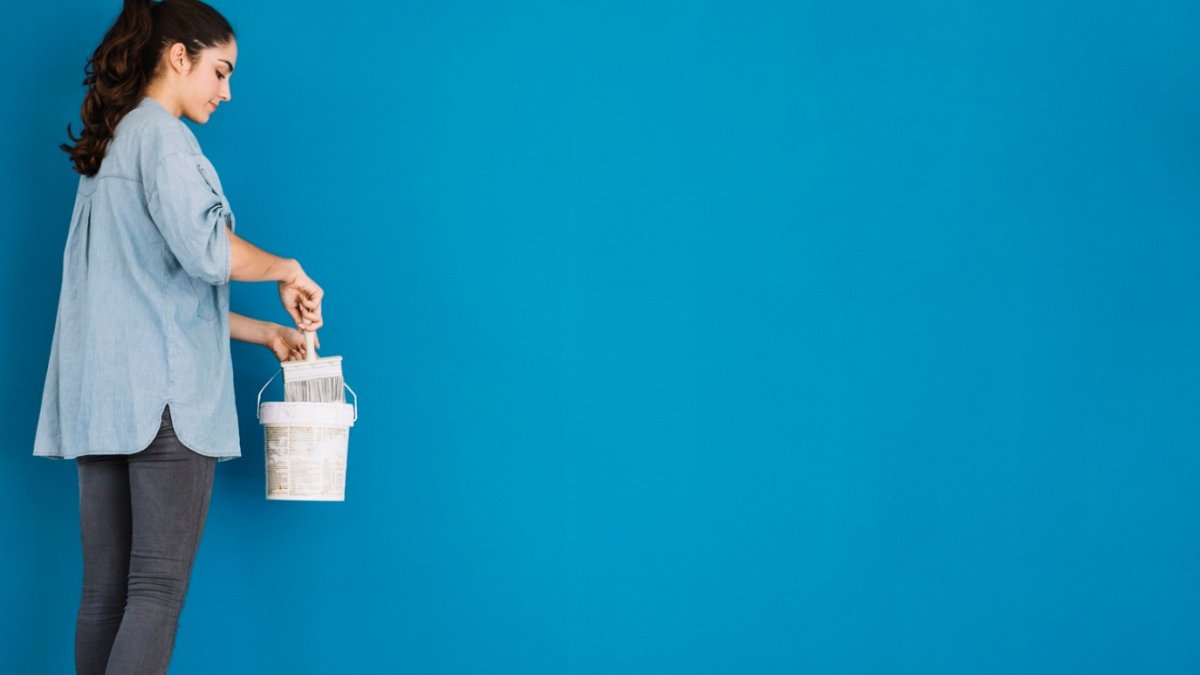You must balance the importance of paint and when applied correctly, paint shields significant infrastructure investments from deterioration by shielding metal surfaces from corrosion, wood surfaces from decay, and concrete surfaces from erosion.
Furthermore, a well-done paint job provides crisp lines and eye-catching hues to buildings and equipment, inspiring pride in workers and confidence in clients and investors. A painting job needs to be carefully budgeted for and planned for due to the significance of the painting, both the operation and appearance of a business. Professional painting takeoff services are vital for the accurate costing and budgeting of paint works.
Here are some suggestions to make sure your upcoming painting project goes off without a hitch.
Set Priorities for Your Painting
Some commercial painting jobs might cost thousands or hundreds to complete or sometimes millions of dollars. Projects may need to be planned and finished in stages as a result. In these situations, it is essential to assess the significance of each stage of the project to your business and set priorities accordingly.
Before painting customer waiting spaces and tour routes, it may be necessary to paint equipment and outside building surfaces to preserve infrastructure from damage and deterioration.
Don’t Forget To Budget for Downtime
A painting job will inevitably cause some downtime for personnel and equipment, even while we constantly endeavor to minimize the effects we will have on a facility’s regular operations. Painting other interior and exterior surfaces may necessitate the temporary evacuation and cordoning of significant portions of a facility.
Equipment will typically require 2 to 3 days of idleness for painting and curing. Therefore, it is crucial to include the cost of such unforeseen events in the project’s “actual cost” and overall budget.
Consider the Materials Costs
Include the cost of the supplies in your initial quote, keeping in mind that they will account for between 15 to 20 percent of your work. Select high-quality materials since they will perform better when applied and endure longer. It will make your project go more quickly and without hiccups.
Don’t stop there, though. As the project develops, make sure you keep track of material expenses. As you go, keep records of what you order and how much you spend. If you don’t keep an eye on your spending, it’s shockingly simple for these prices to spiral out of hand.
Paint quality and Paint Type
You want to pay attention to paint because even though it is one of the less expensive components of the entire commercial painting cost, it is also the most durable. High-quality paints and specialized coatings are more expensive. Still, they produce a higher surface, offering protection against corrosion, harsh marine and industrial conditions, weathering, and chemicals used to remove graffiti, impacts, and abrasion.
Better paint will last longer and decrease the number of times you need to completely repaint, as well as the cost of painting upkeep.
Size of the Room
The cost of painting a place will directly depend on its size, just like it would with any other home repair project. The cost of your project will increase with the size of the room because you may require more materials. The room size will also affect how much you pay the professional you hire; the more significant the room, the more money you’ll have to spend.
Most quotes from your professional will be determined by the square footage of your home, allowing you to modify your budget to the scope of your job.
Materials
It is usually better to acquire the highest quality painting supplies you can afford. Value-adding durability is crucial, as a cheaper paint is more prone to peel quickly or have weaker pigments. You’ll need to spend money on drop cloths, painter’s tape, brushes, and rollers in addition to primer, paint, or stain if you still need these supplies. The suitable instruments will already have a professional who may additionally have specialized tools like ladders, paint sprayers, and sanders.
Consider the paint’s brand, texture, and finish while looking for the perfect color for your space. In specific paint formulations, paint and primer are combined. However, you might need to buy these separately, which will raise your prices.
Key Takeaways
Understanding the budget of commercial painting can be difficult because requirements vary drastically from one project to the other. The quotation you obtain for your latest project can be noticeably lower or perhaps more expensive than the one you received for your previous project, depending on factors like paint quality, accessibility, permits, or potential building repairs.
To understand this case, it’s vital to understand how the budget for painting is calculated. The criteria listed above each impact your ultimate painting quote and can assist you in assessing how your budget is being utilised to produce an excellent result for your building.
Nathan Tremblay
Related posts
Stay connected
- How LoveOn Chat Is Becoming the Most Versatile AI Companion for Digital UsersThe internet keeps shifting toward hyper-personal interaction, and AI companions are at the center of this shift. What used to be simple chatbots are now evolving into emotionally aware, adaptive, and multi-functional digital partners. Among the new generation of platforms, LoveOn Chat is becoming one... The post How LoveOn Chat Is Becoming the Most Versatile […]


